Ball Joint Replacement: How Much Does It Cost for a Car?
Car ball joints aren’t big troublemakers – unless you’re constantly testing their strength during hard driving. But even the most beloved cars will eventually develop faulty ball joints due to years of wear and tear. The most common symptoms are excessive shaking and uneven tire wear. Overall, any experienced driver will usually feel the effects of driving with faulty ball joints: your car’s balance would be off because the suspension is weak.
Before we tell you about the average cost of replacing ball joints, here’s what you need to know about this car part that plays a major role in suspension and steering.
What is a car ball joint?
A car’s ball joints consist of a stud that rotates in a metal housing and a bushing inside a lubricated housing. They are a small, but important, damping part of the vehicle’s front suspension system. As you drive, the ball joint continues to move and aid in steering and support, similar to how the hip or shoulder bones work in humans.
Lower ball joints are load-bearing, while upper ball joints are usually non-load-bearing.
What is a kneecap used for?
If your car doesn’t have ball joints, the tires won’t roll or turn properly. They ensure that the knuckles stay attached to the car while allowing it to turn in different directions. The tires need to move side to side and up and down for a smooth ride.
Ideally, most front-wheel drive vehicles have only two lower ball joints on each side, with the strut assembly serving as the upper pivot point. Traditional full-size or rear-wheel drive cars have an upper and lower ball joint on each side. Most trucks have four ball joints.
Why do ball joints need to be replaced?
Like all other parts of a car, ball joints experience daily wear and tear. Constant movement and prolonged use of the vehicle loosen the ball stud. With more space between the stud and the socket, it moves more than recommended. Dirt and other impurities can also promote deterioration. Lack of lubrication is another cause of bad ball stud.
Once the ball joint deteriorates beyond the limit recommended by the car manufacturer, it becomes a serious safety issue. If the ball joint comes out of its housing, the wheel can partially detach, which can cause you to lose control of the car if it is moving.
On average, you’ll only spend about $200 to $350 to replace a ball joint, including the new part and labor. The estimate will vary depending on the quality of the replacement, suspension type, and additional services. If you’re looking for more affordable ball joints, opt for non-greasable ones, which cost about $100 to $200. However, greasable ball joints have a longer lifespan, with prices ranging from $150 to $350 .
Good quality ball joints cost between $100 and $150. You can find cheaper ones for as little as $20 to $80, but this can be risky depending on the make and model of your car. Replacing a ball joint for high-end cars can cost $500 or more, as the part is more expensive. Labor costs are usually around $100 to $150.
Replacing the ball joint is tricky: Doing it yourself is not a good idea. You need a strong technical background and experience to access and install the part. The ball joint could be rusty and there are several other safety concerns. A mechanic familiar with wheel assembly and suspension gets the job done quickly.
How do I know if my ball joints are bad?
If your car’s ball joints are in good condition, it will move from side to side smoothly; there will be no shaking or jerking when you drive. Shaking and shaking are usually accompanied by grinding or clunking noises. You will also notice that the steering is drifting and you have less control.
If you’re considering replacing a ball joint, here are some common symptoms to watch for:
Unusual car noises: Loose ball joints produce various noises, such as knocking, clicking, or even banging. Stay tuned for any strange noises, especially when driving over uneven surfaces.
Everything shakes: Excessive vibrations are one of the first signs of a deteriorating ball joint. You’ll feel it through the steering wheel or in the suspension.
Drifting: Misalignment is usually the culprit here, but a ball joint that needs replacing can also cause your car to pull to one side due to poor control.
Tire Wear: As the balance is compromised and the car pulls to one side, you will also notice uneven tire wear – either inside or outside.
When should I replace my car’s ball joints?
Ball joints generally last a long time, but if you notice the above symptoms of a bad ball joint, you should consider having it checked by a qualified technician.
The recommended clearance between the ball joint and the bushing varies from manufacturer to manufacturer. Wear also depends on mileage and exposure. For example, if you have driven the car for too long or if you frequently drive on rough roads, the ball joints may need to be replaced sooner.
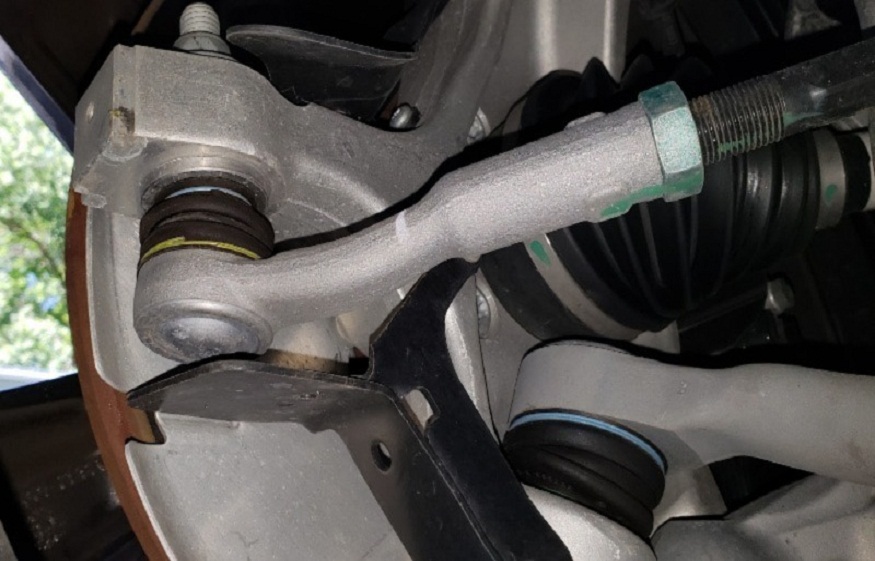
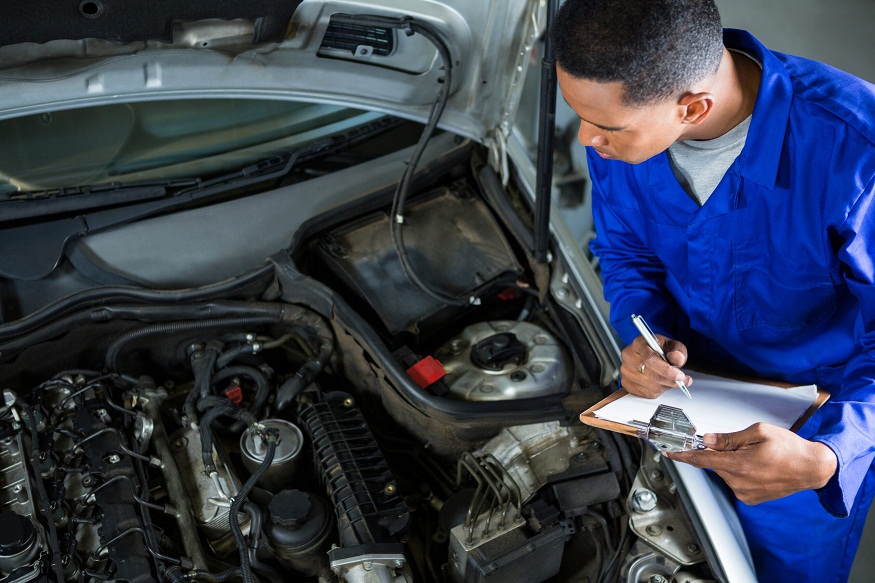



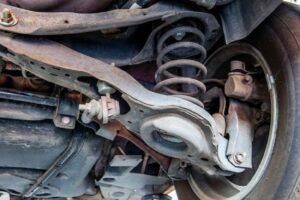
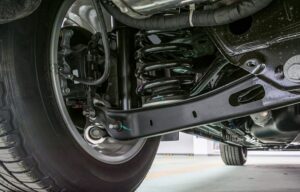
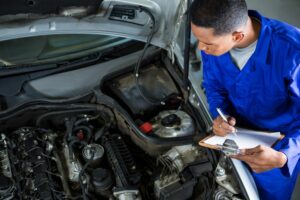

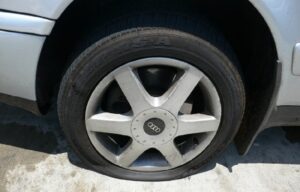
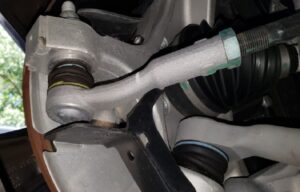
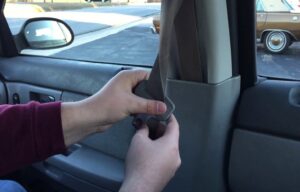
Post Comment
You must be logged in to post a comment.